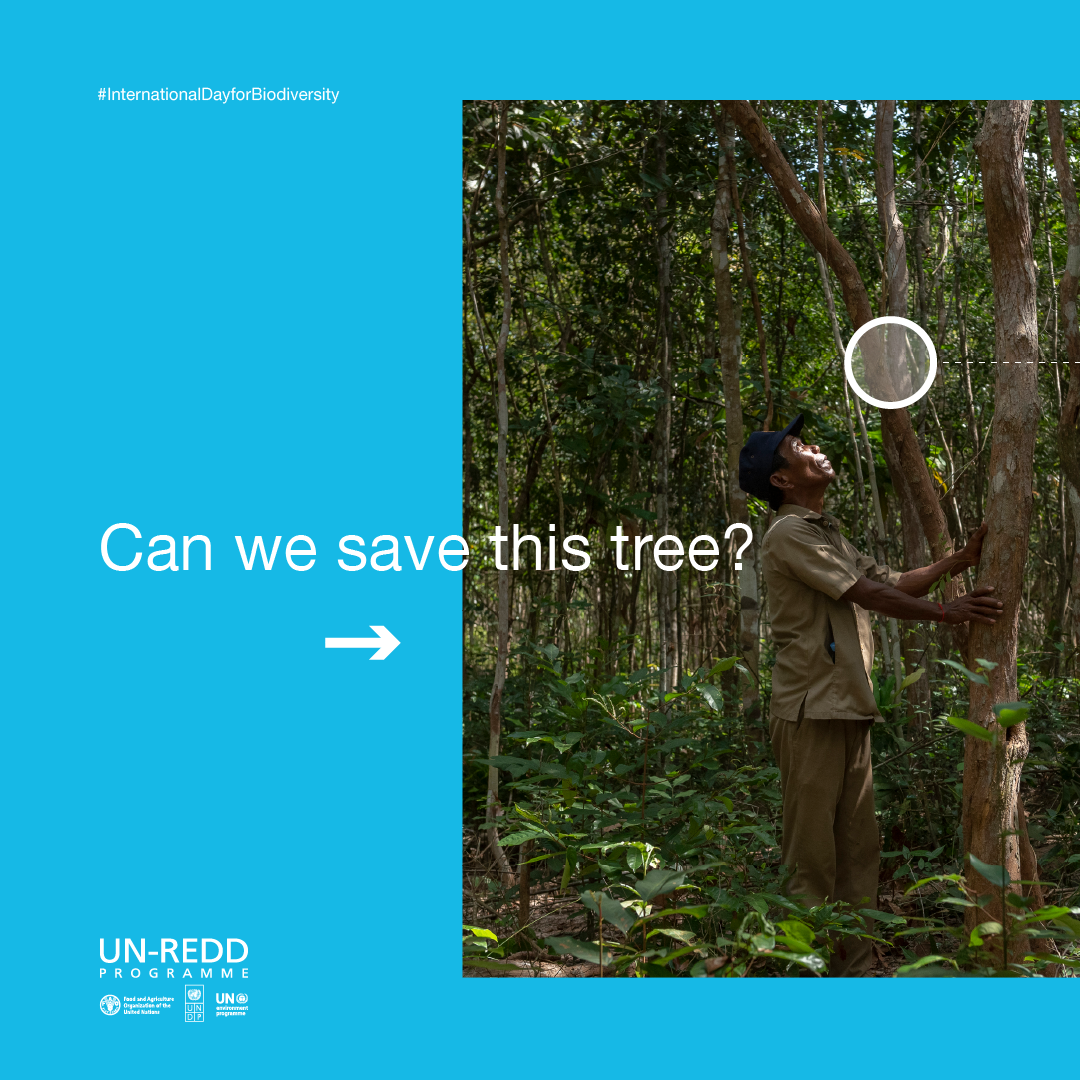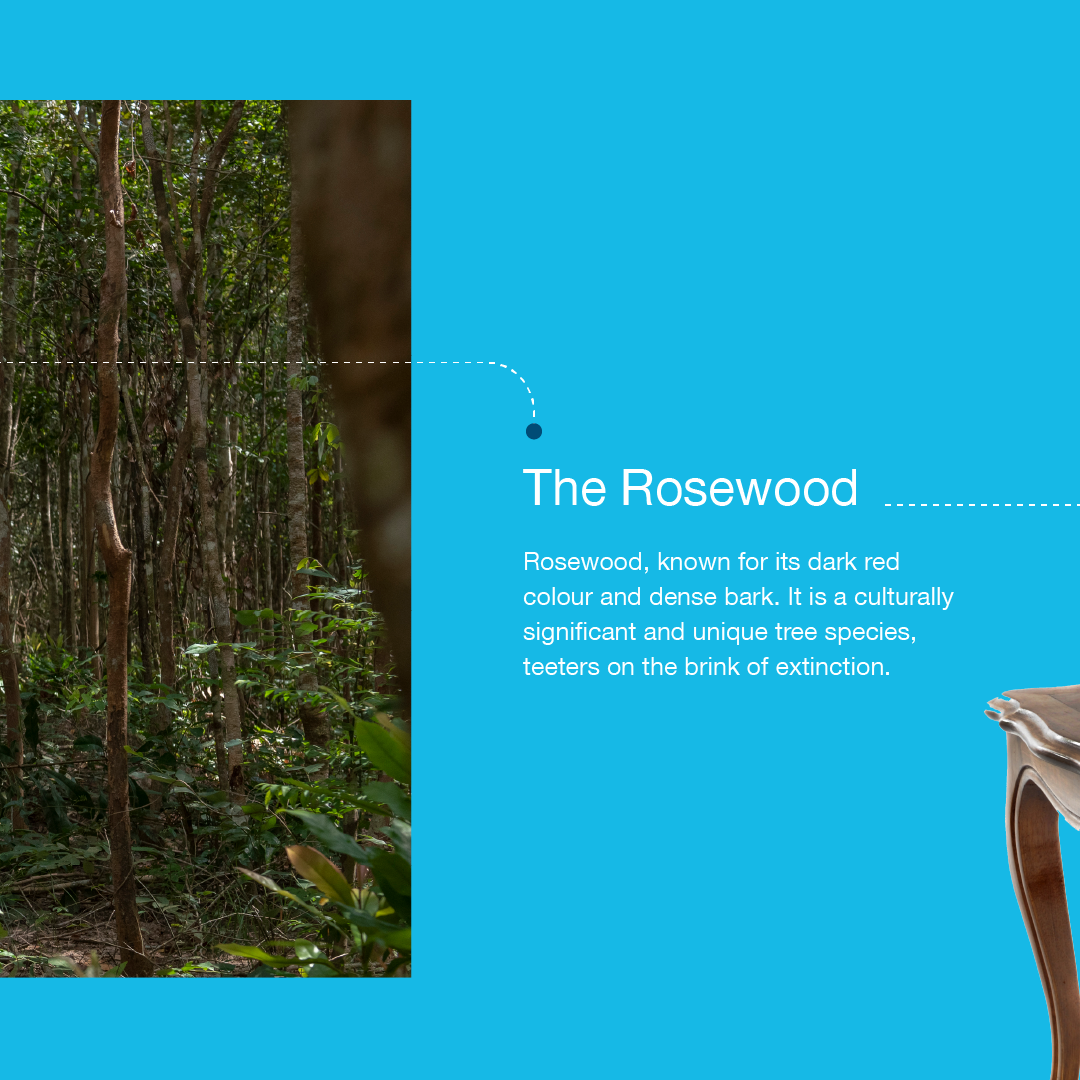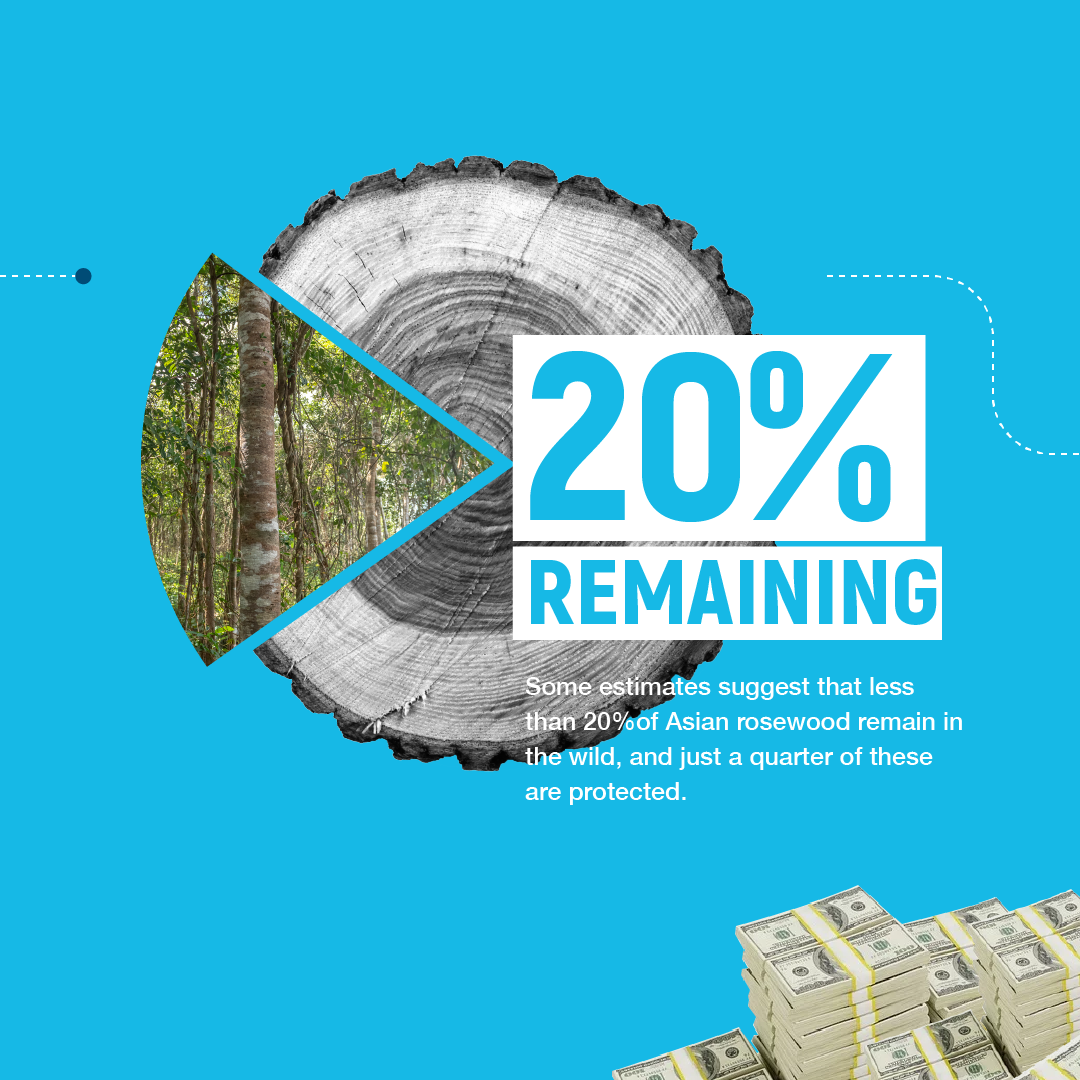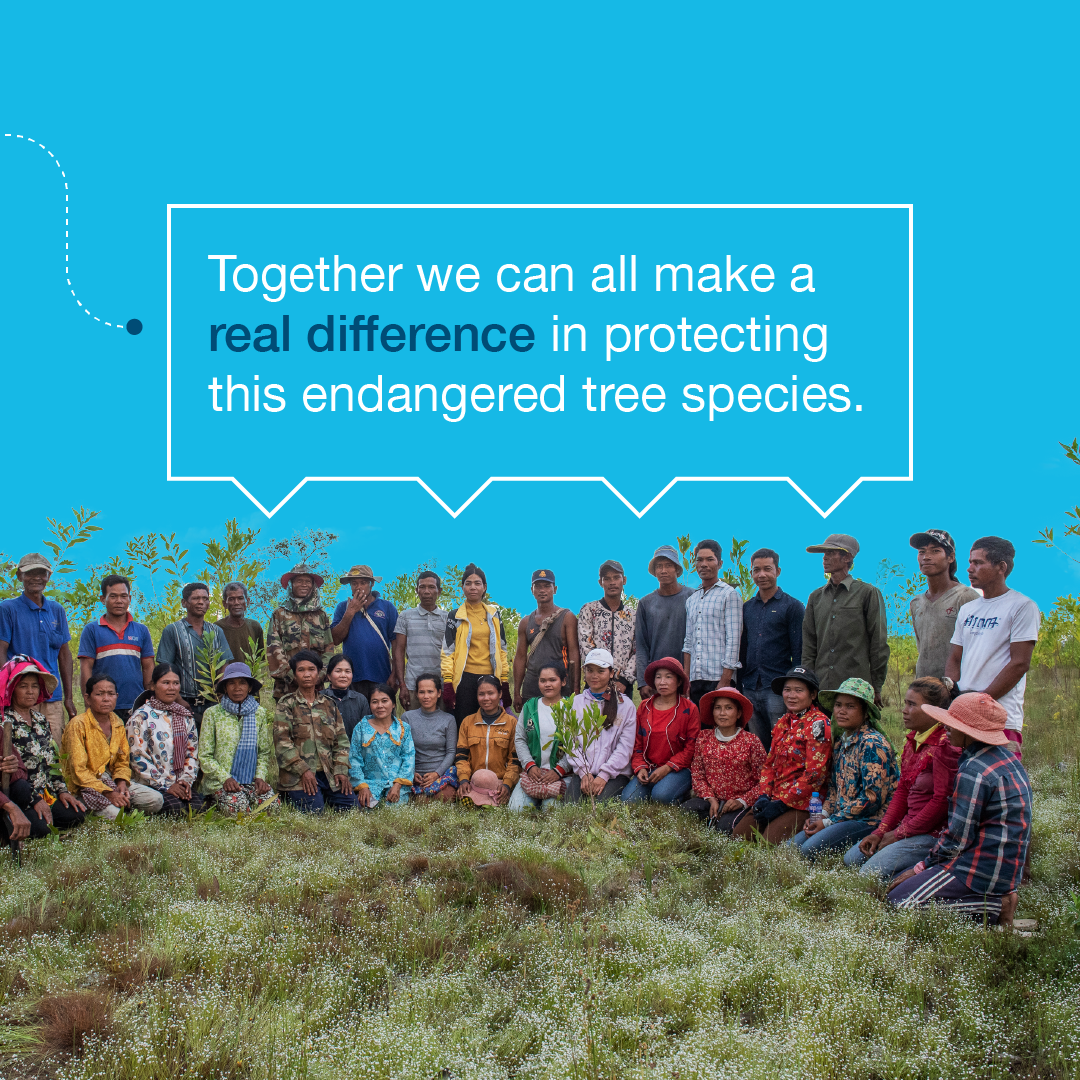By Katrina Borromeo, UNEP
How Embracing Sustainability can Protect and Restore Lower Mekong’s Forests
In a forest tucked along the Mekong basin, a lone rosewood tree fills a vast empty space. Decades of illegal logging and overexploitation have pushed the tree species to “critically endangered” status. Some estimates suggest that less than 20 per cent of Asian rosewood remain in the wild, and just a quarter of these are protected.
Rosewood, known for its dark red colour and dense bark, is traditionally used to make furniture and is worth tens of thousands of dollars per cubic metre. Demand for this furniture remains nearly insatiable, placing further pressure on forests in the Mekong basin.
The United Nations Environment Programme’s (UNEP) Decade for Ecosystem Restoration and the UN-REDD Programme lead the “Forest for Life” campaign to drive change in consumer behaviour and protect rosewood trees. The campaign uses positive messaging and imagery to link individual actions with the benefits of keeping forests standing.

To bring sustainability to the fore, we need to be able to communicate the connections between the environment, society and the economy. Forests are essential for climate, nature and people; without forests, we cannot survive.
Every day, people can choose products and materials that do no harm to forest and nature.
Mario Boccucci | Head, UN-REDD Programme Secretariat
The Path Less Taken
Environmentally sustainable consumer behaviour is key to protecting forests.
The “Forest for Life” campaign has so far reached over 230 million people, and the video accompanying it has been viewed 2 million times. UNEP Goodwill Ambassadors, including Li Bingbing, have shared messages on forest protection and restoration. Across the Lower Mekong region, countries like Thailand, Lao PDR, Myanmar, Cambodia and Viet Nam are developing similar campaigns to target illegal logging and trade of rosewood.
Yet demand for rosewood is still increasing. In UNEP’s 2022 multi-country survey on forest crime, nine out of 10 consumers in China indicated that they would purchase rosewood furniture in the next year, compared with 70 per cent the year before.
The campaign thus appeals to Chinese consumers to opt for eco-friendly options, like bamboo or reclaimed wood to help protect forests and restore rosewood. It works with local artists and designers to come up with creative alternatives with the same aesthetic look and feel of rosewood. It also sensitizes the term ‘sustainability’ by linking it to a vision of a future where forests and people thrive.
The Crossroads: Choosing Sustainability
In addition to awareness-raising campaigns, experts cite younger generations’ increased environmental awareness as a boon for the forests. This change may already be taking root.
A mindful change in consumer habits of young people could create ripples of change in the rosewood furniture industry and market and, to a larger extent, to the forests of the Lower Mekong region.
Natalia Alekseeva | Coordinator, UN Decade for Ecosystem Restoration
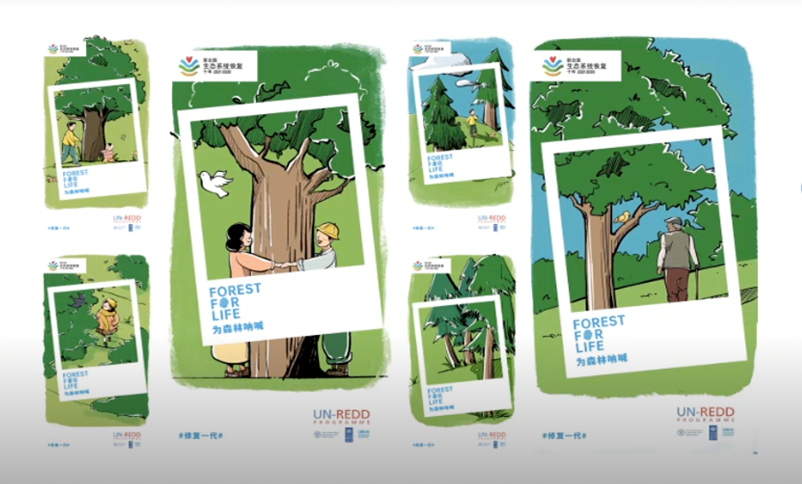
A series of cartoons were publicized in various platforms such as Weibo to link forests with daily lives.
When choosing furniture, the (younger generation is) more likely to look beyond what is traditionally beautiful to what is practical. They are also more likely to be persuaded to choose wood from more sustainable sources.
Yang Meng | Interior Designer, China
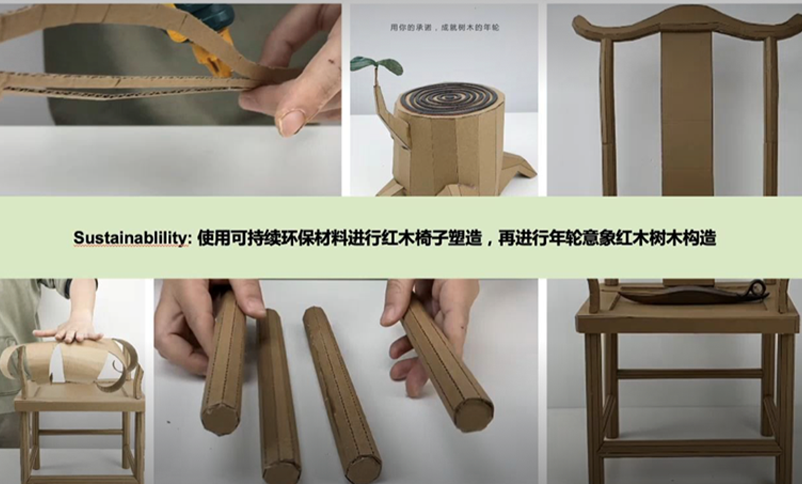
Artists and designers came up with modern, more sustainable furniture designs.
In the capital city Beijing, a young woman clad in a bright red dress performs a dance for the rosewood. Her hand movement sways with grace and elegance as it mimics the branches of the symbolic tree. Shao Lei, a dancer is part of a new trend of youth activism to protect forests.
“We must protect rosewood now”, she says. “When I saw the campaign to protect rosewood, I felt that I had to do something to help raise awareness. These trees are part of our rich cultural tradition, and it will be a huge loss to us and to future generations if they disappear,” she said.
Shao Lei plans to further support the campaign by visiting schools and performing rosewood-inspired dance choreographies to educate younger people on the value of rosewood.
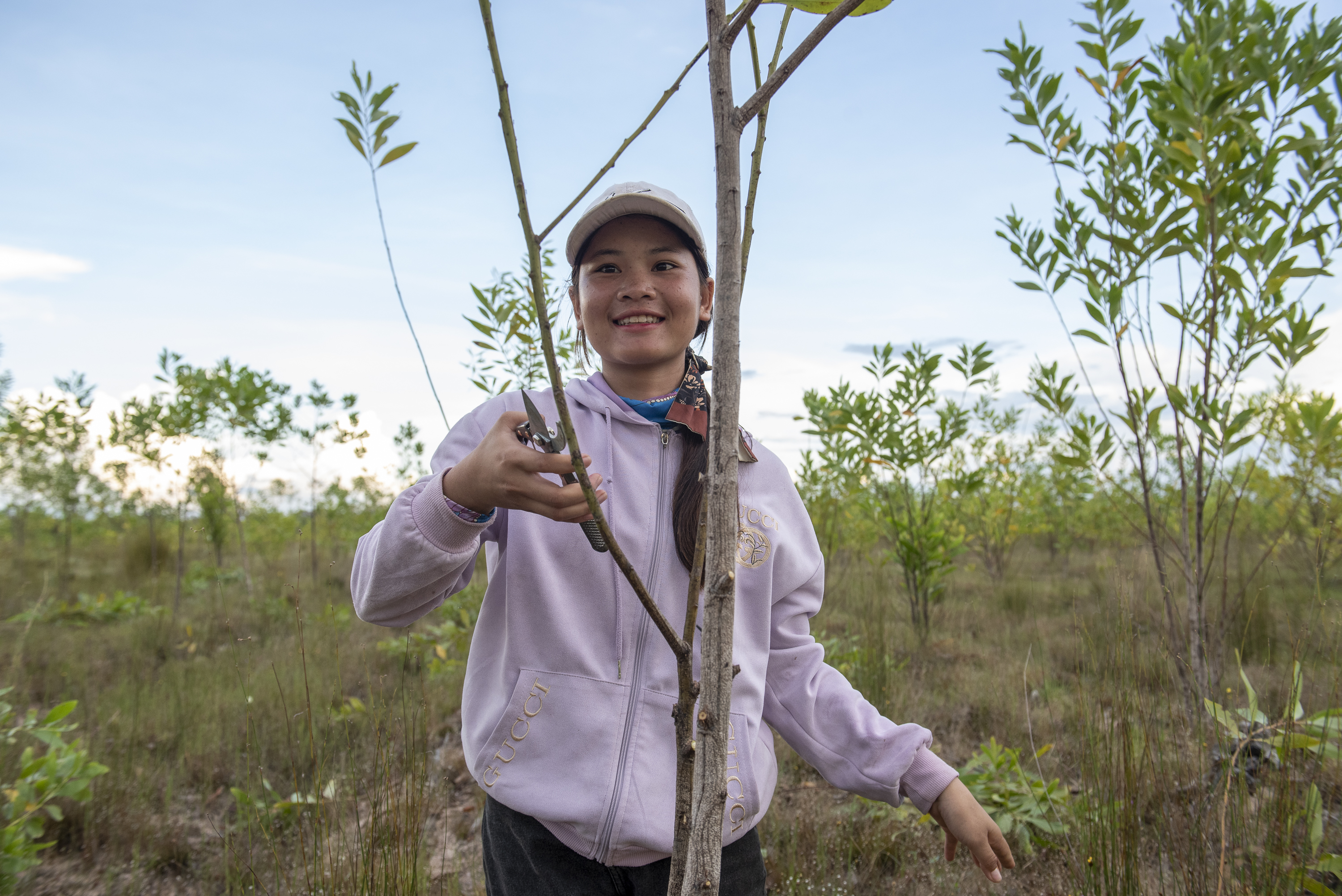
Asking where the wood comes from is a good place to start. This small but important step sends a message to businesses that consumers are now demanding transparency and responsible practices. It also helps to support the growing market for sustainable, certified wood products, which can incentivize companies to shift towards more ethical and sustainable practices.
The UN-REDD programme works with governments in the Lower Mekong to ensure sustainable and legal trade of forest resources. It has initiated forest certification schemes in Cambodia and Lao PDR and supported the Lao government to conduct a forest inventory resulting in the publishing on zero quota for rosewood exports. These initiatives could also address spillover effects on other regions.
Government policies work hand-in-hand with the campaign. The Chinese government has been making increased efforts to regulate rosewood trade, guided by the Convention on International Trade in Endangered Species of Wild Fauna and Flora (CITES). In Thailand, government regulations incentivize rosewood plantations, in addition to using camera traps, drones and remote sensing images to crack down on illegal logging and trade. Cambodia and Lao PDR further designated special protected areas solely for rosewood.
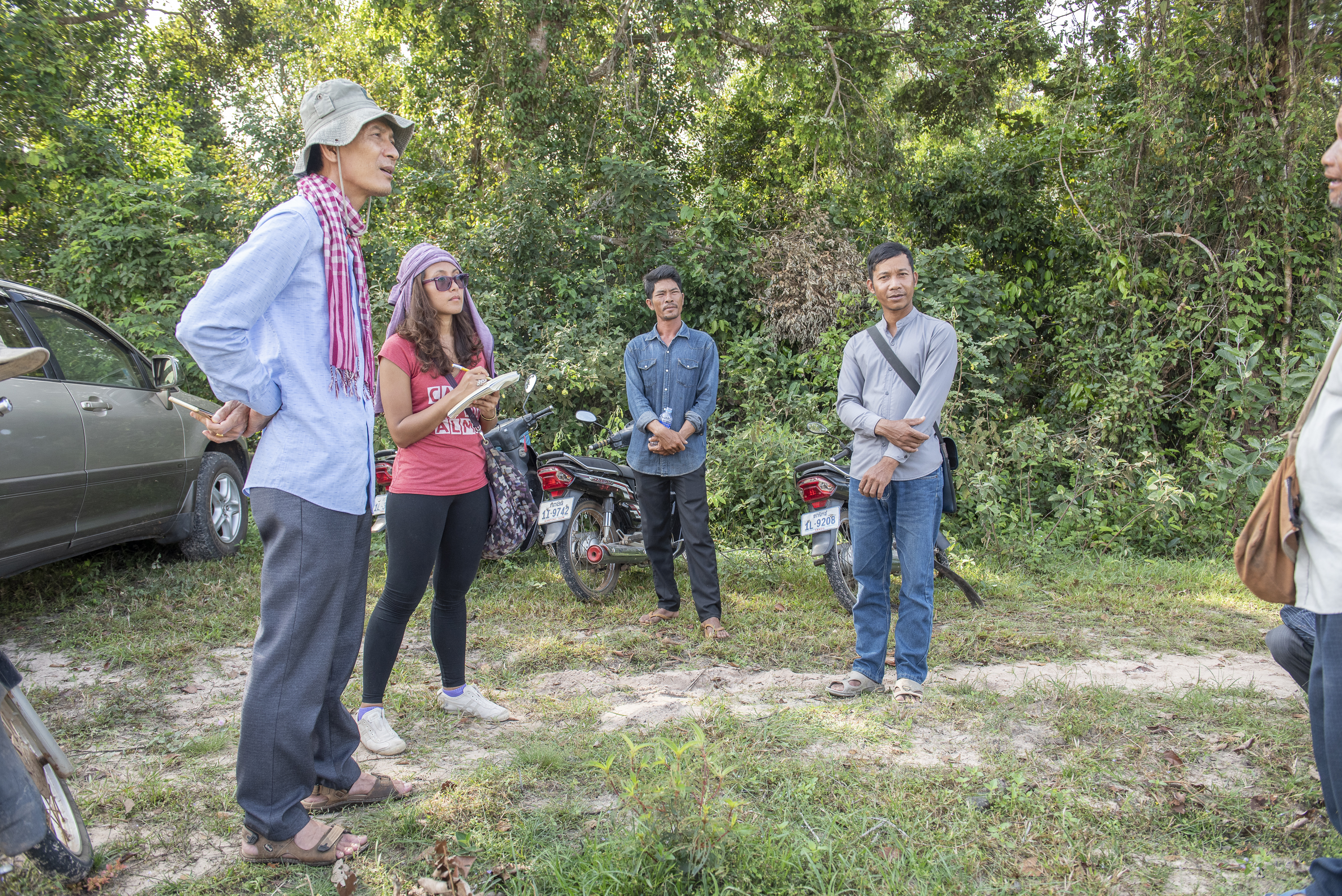
The Global Biodiversity Framework (GBF) will provide a framework for countries to integrate biodiversity conservation into their policies and decision-making processes. It aims to tackle the root causes of biodiversity loss, including overexploitation and pollution. It also calls for increased international cooperation, political will and financing to achieve its objectives.
Focusing on implementation is the theme of this year’s International Day for Biological Diversity on 22 May. Stakeholders are encouraged to launch or raise awareness of their actions to implement the GBF.
A change in purchasing behaviour towards eco-friendly choices among Chinese consumers could bolster these efforts. To effectively tackle the illegal logging and trade of rosewood, a whole cycle approach should be encouraged – including the upstream of logging, transportation, export and import, the markets, and shifting consumer behaviour.
Two roads diverge in the Mekong forest where rosewood trees stand few and far between. Choosing the sustainable path can take us to a future where forests are dense and thriving, with benefits shared equitably across generations.
For Alekseeva, this future is possible.
“Through collaboration and by building upon youth action, we can still restore and bring rosewood back to the forests where they belong.”
